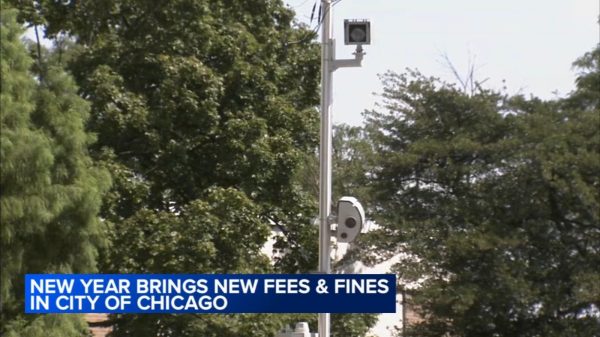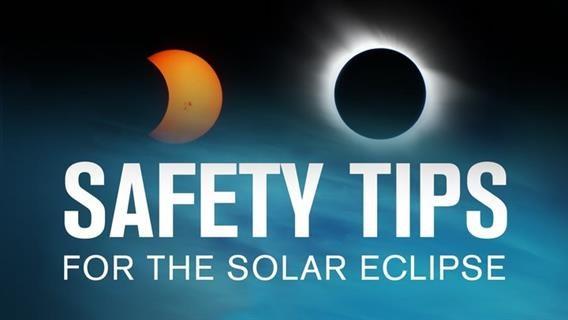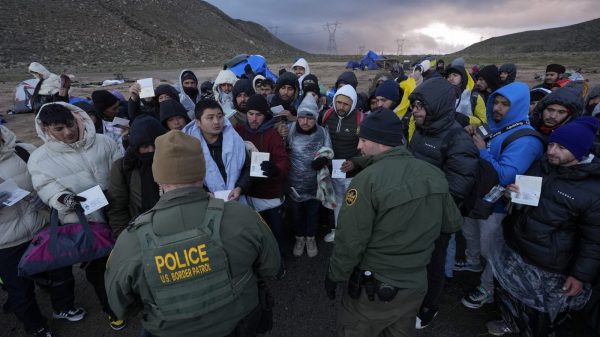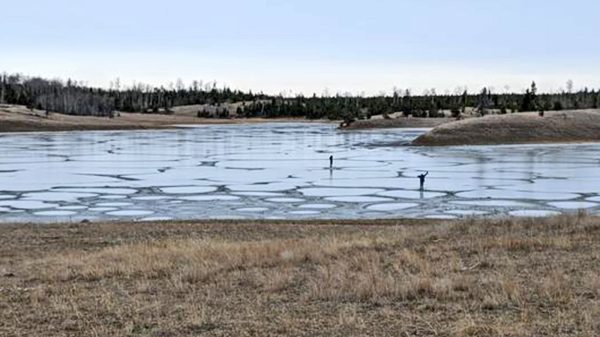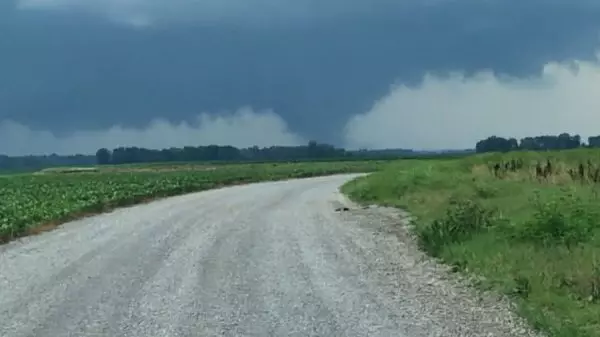Oklahoma is in the grips of a brutal winter storm, bringing a dangerous mix of snow, ice, and powerful winds that are making travel nearly impossible. The National Weather Service has issued a Winter Weather Advisory, warning that conditions will remain hazardous until midnight.
Drivers across the state are facing slick, icy roads, near-zero visibility, and dangerously cold temperatures, with officials urging residents to stay indoors and avoid travel unless absolutely necessary. Wind gusts reaching 40 mph are making already icy roads even more treacherous, blowing snow and reducing visibility to near whiteout conditions.
How Bad Is It?
- Snowfall: Parts of the state have already seen up to 2 inches of snow, creating slick, snow-packed roads and dangerous driving conditions.
- Ice Accumulation: Freezing rain has left a thin layer of ice on roads, sidewalks, and power lines, increasing the risk of slip-and-fall injuries and vehicle accidents.
- Winds: With gusts of up to 40 mph, blowing snow is reducing visibility, especially on open highways and rural areas.
- Extreme Cold: Oklahoma City is seeing temperatures as low as 3°F (-16°C), and with the wind chill, it feels even colder. Exposure to these temperatures can cause frostbite in as little as 30 minutes.
Roads Turn Deadly as Storm Continues
The dangerous conditions have already led to multiple crashes across the state, including a major accident on the Will Rogers Turnpike near the Oklahoma-Missouri border, where a semi-truck carrying eggs skidded on the ice and overturned, spilling its load across the highway. While no serious injuries were reported, the crash caused significant delays and highlighted just how treacherous the roads have become.
Officials strongly advise residents to stay off the roads as ice and blowing snow continue to create dangerous driving conditions. Even treated roads are expected to refreeze overnight, making the morning commute extremely hazardous.
Why This Storm Is So Dangerous
While Oklahomans are no strangers to winter weather, this storm is particularly dangerous due to the combination of snow, ice, and high winds. Black ice is forming rapidly, making even plowed roads deceptively dangerous. Wind gusts are making it harder for road crews to keep highways clear, as snow is blowing back onto plowed sections of the road.
Bridges and overpasses are especially dangerous, as they freeze first, catching drivers off guard. Power lines are also at risk, as the weight of the ice and strong winds could lead to outages in some areas.

How to Stay Safe in This Winter Storm
1. Stay Off the Roads If Possible
Authorities strongly urge residents to stay indoors, as conditions will remain hazardous through at least midnight. If you must drive, remember:
- Drive slowly and increase following distance
- Be extra cautious on bridges and overpasses
- Watch for black ice, especially on untreated roads
2. Prepare for Potential Power Outages
With strong winds and ice buildup, power lines could go down in some areas. Be prepared by having:
- Flashlights and extra batteries
- A fully charged phone and backup power source
- Extra blankets and warm clothing in case heating is lost
3. Limit Time Outdoors
With temperatures below freezing and wind chills making it feel even colder, frostbite and hypothermia are real dangers. If you must go outside:
- Dress in multiple layers and cover exposed skin
- Wear waterproof boots to avoid slipping on ice
- Stay dry, as wet clothing can increase heat loss
4. Keep Up With Weather and Road Updates
This storm is still evolving, and conditions could worsen overnight. Stay informed by checking:
- Local weather reports for real-time updates
- Oklahoma’s 511 road conditions hotline before traveling
- Emergency alerts for road closures and warnings
Road Crews Working, But Conditions Remain Hazardous
Oklahoma road crews have been treating highways with salt and sand, but with ongoing freezing rain and snow, ice is still forming faster than it can be cleared. Even after precipitation stops, roads will remain icy overnight as temperatures stay below freezing.
Officials warn that while main highways and interstates are the priority, secondary roads and rural areas may not be treated as quickly, meaning some roads could remain impassable well into the morning.
Final Warning: Stay Indoors and Stay Safe
This winter storm is not just an inconvenience—it’s dangerous. With snow, ice, and high winds making roads nearly impossible to navigate, staying home is the best way to stay safe.
If you haven’t already, stock up on essentials, check on elderly neighbors, and make sure your home is warm and prepared for possible power outages.

